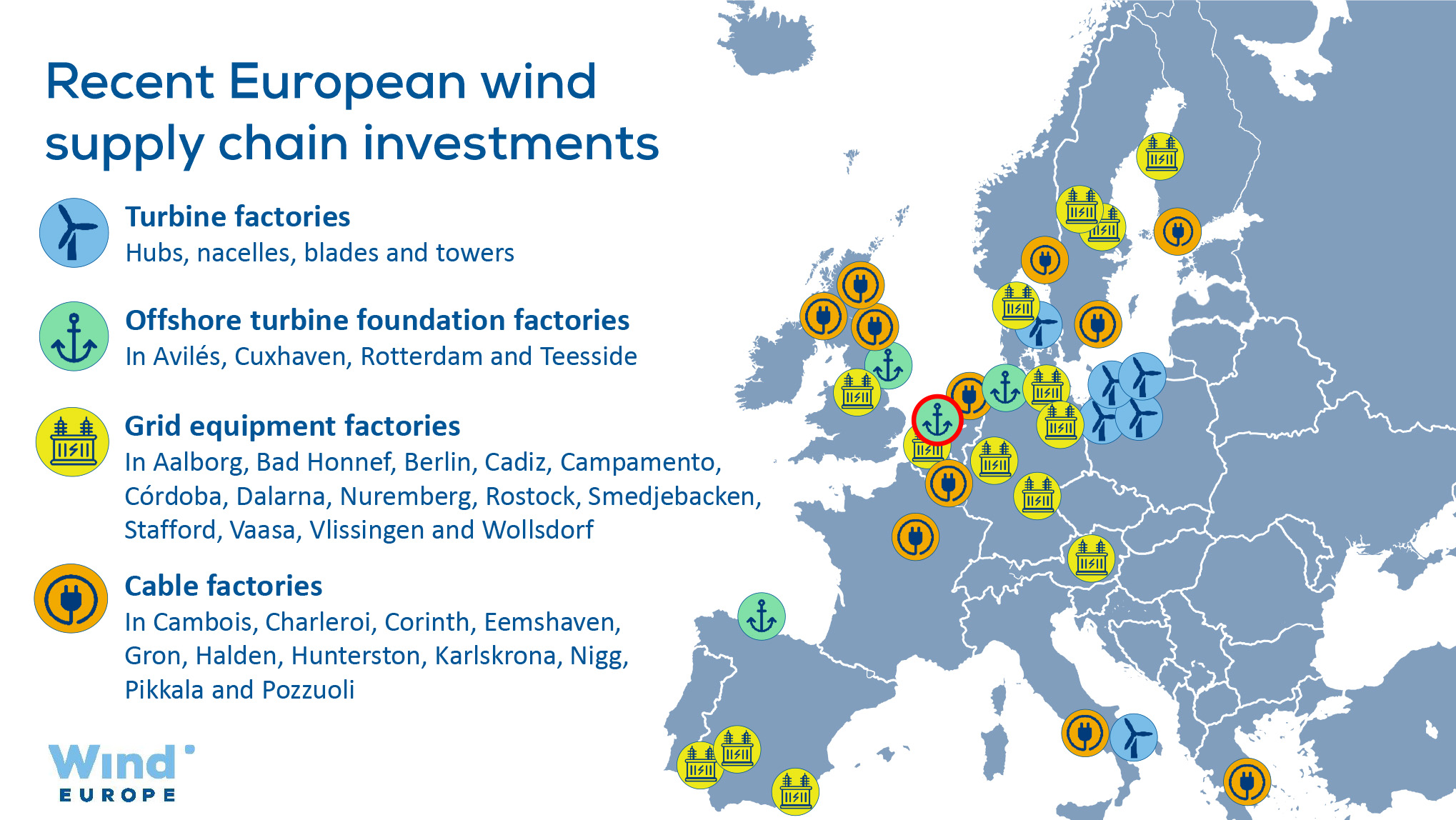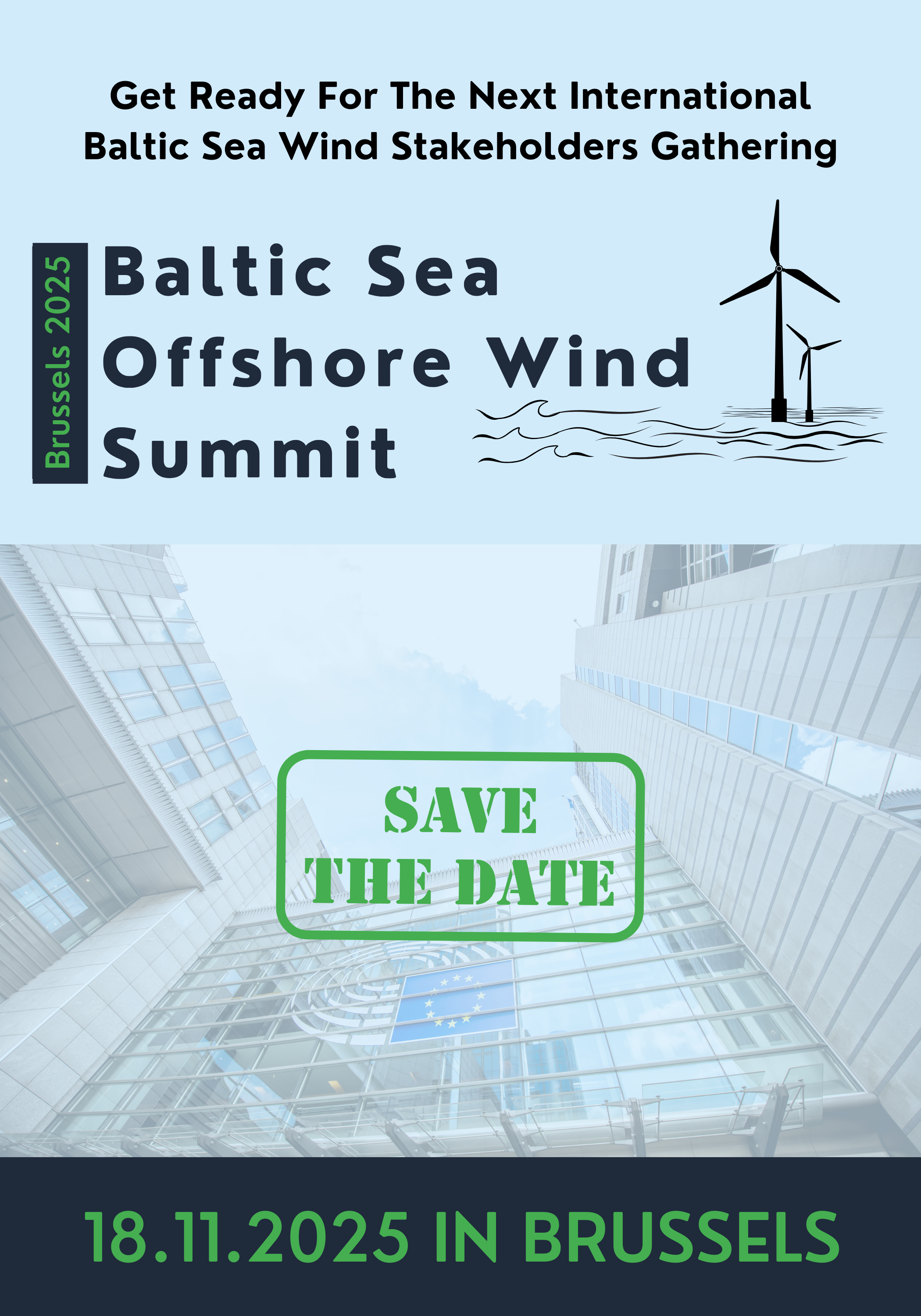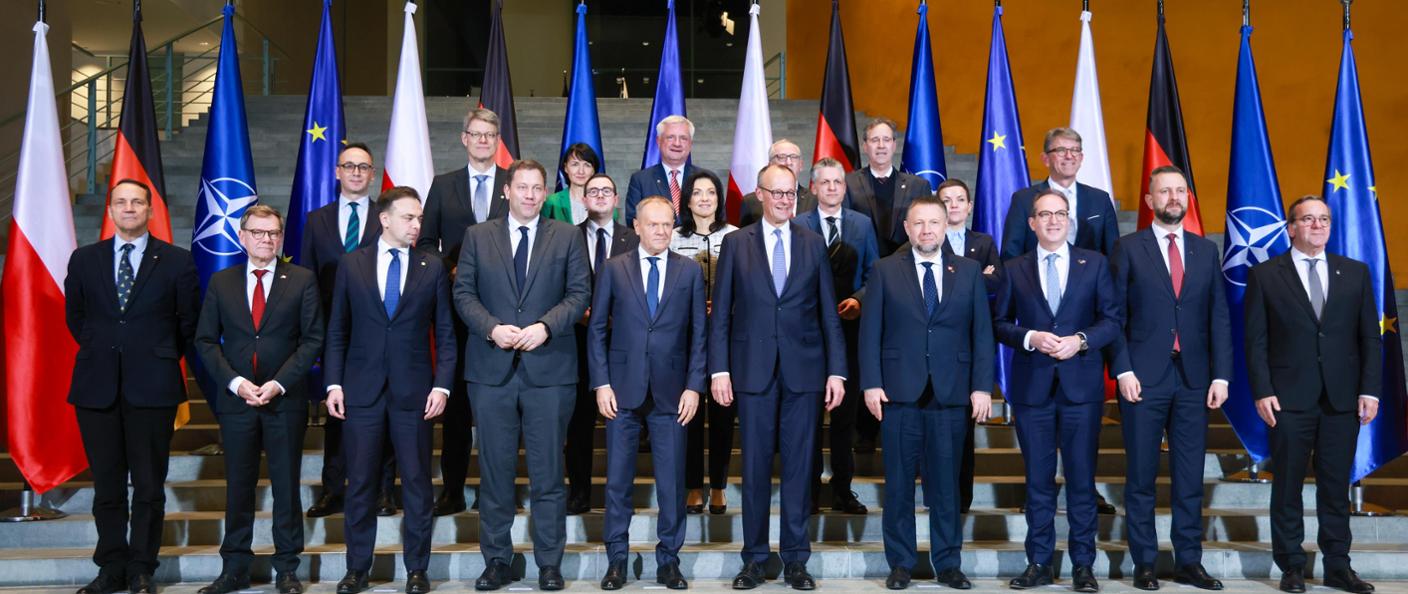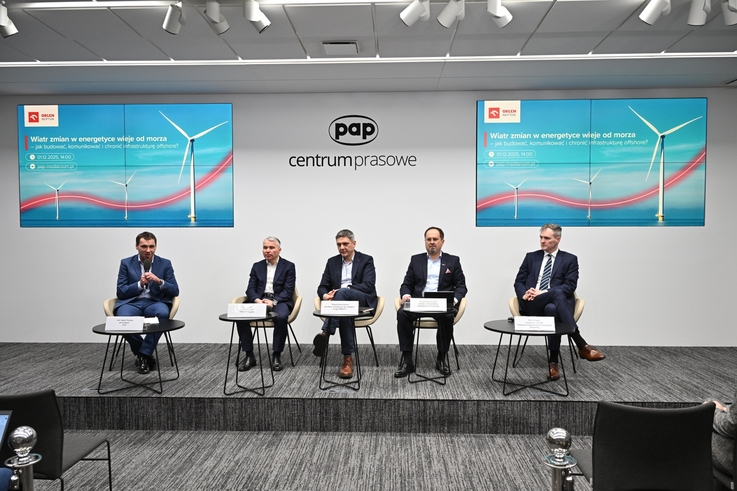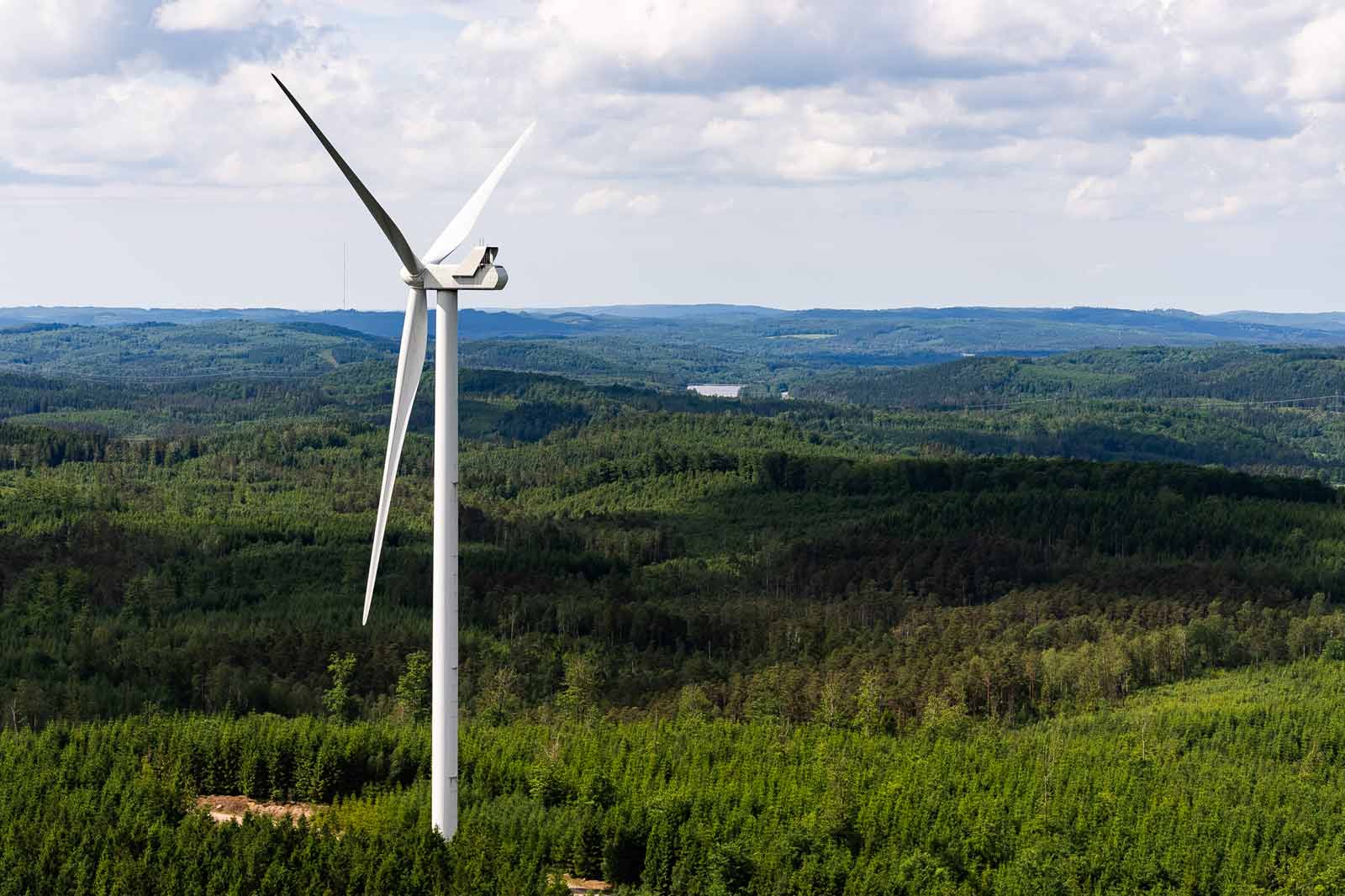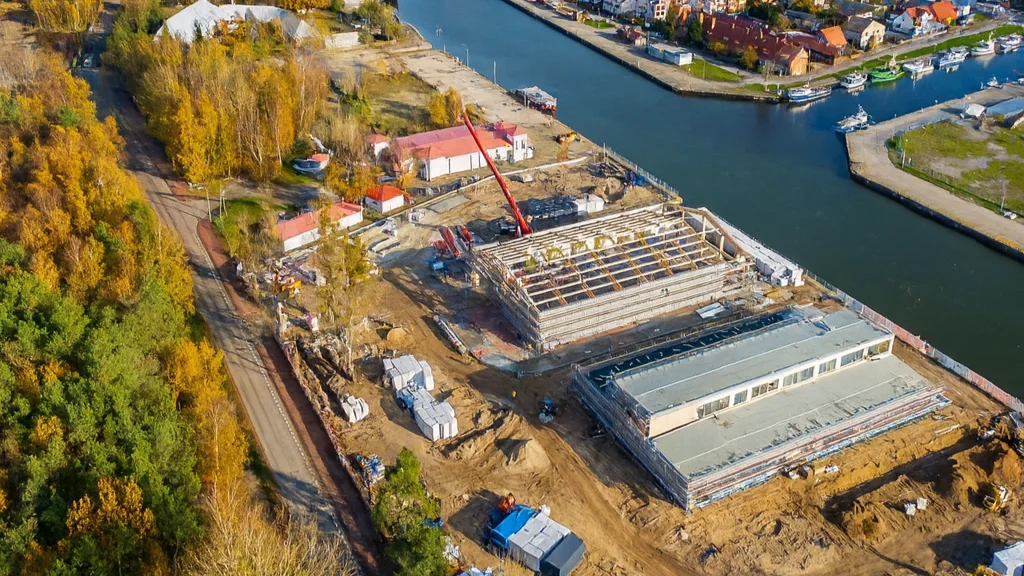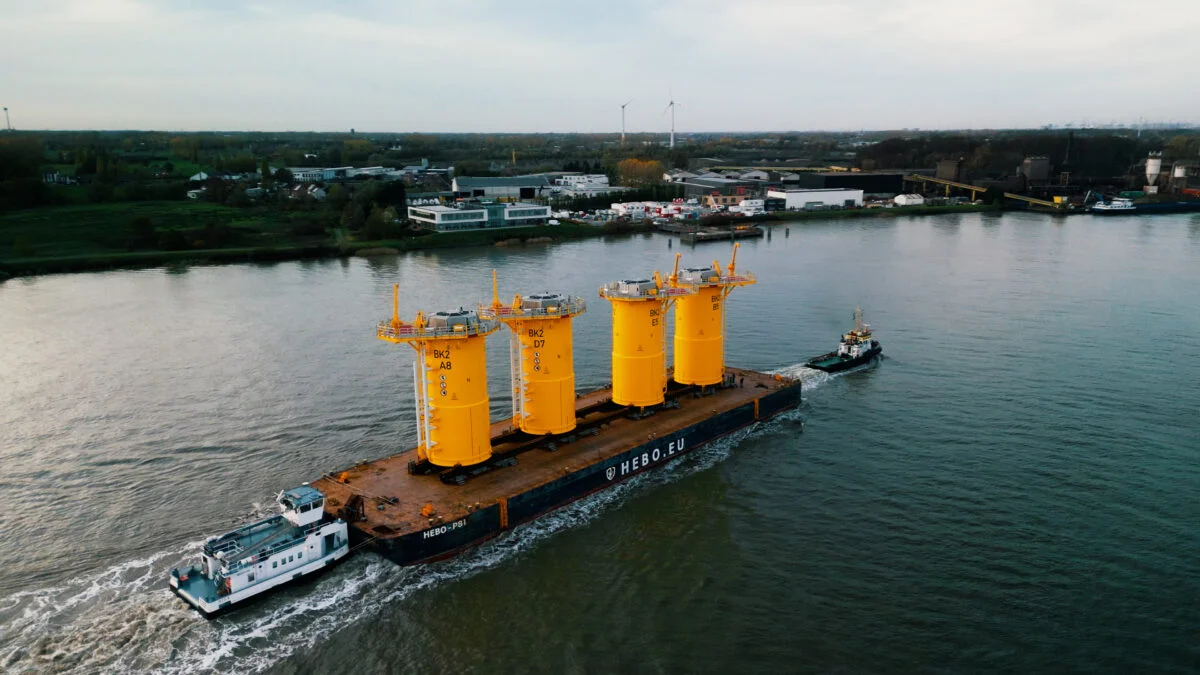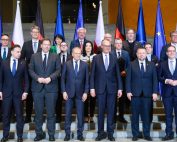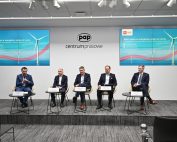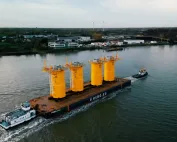WindEurope assesses the first anniversary of the EU Wind Charter. The Charter committed 26 EU Governments, the EU Commission, and the European wind industry to implement the 15 measures set out in the European Wind Power Package to strengthen Europe’s wind industry.
In her 2023 State of the European Union speech, Ursula von der Leyen addressed the challenges facing Europe’s wind industry and announced a Wind Power Package to address key bottlenecks:
- Faster permitting;
- Better auction design; and
- Support for skills, finance, and the supply chain to ensure Europe remains a leader in wind energy.
The Commission then presented a Wind Power Package (or “Action Plan”) with 15 specific measures to strengthen Europe’s wind industry. The measures did not require new legislation. They could be taken immediately – by the Commission, the European Investment Bank, by national Governments and by the wind industry itself. Exactly one year ago 26 Energy Ministers and 300 companies from the wind industry then signed the European Wind Charter, committed to take the actions set out in the Wind Power Package.
What’s happened?
Most of the 15 measures have been implemented or are in the process of being implemented. And they are having a positive impact on the wind industry:
- Public financial institutions are giving more support to the wind supply chain and logistics. The European Investment Bank (EIB) have set up and started using their (initially) €5bn counter-guarantee facility for wind. This makes it easier for private banks to issue the performance bonds needed when turbine manufacturers sell turbines to wind farm developers. It’s unlocking projects that may not otherwise be happening. The EU Commission has started giving grants through the EU Innovation Fund to wind turbine manufacturing and development facilities. It awarded €220m to 6 facilities in the latest Innovation Fund Call.
- Many Member States have given public financial support and guarantees to investments in new factories making wind energy equipment and in ports and other infrastructure that’s vital to wind. On the back of this – and the EU and EIB funding and financing – Europe’s wind and grid equipment supply chain are now developing 30 new factories across Europe – see the map below. Over the past 12 months alone the industry has invested €11bn in new manufacturing facilities. By the end of next year Europe will be able to manufacture 9.5 GW of offshore wind and 22.5 GW of onshore wind turbines a year. Europe is currently building around 20 GW of new wind farms every year.
- Spain and Germany have replicated the European Wind Charter in national charters and action plans. In March (at the WindEurope Annual event in Bilbao) the Spanish Government and wind industry signed a Spanish Wind Charter – with 6 key actions, including improved auction design and the ramping up of manufacturing capacity. In October Germany introduced a 5-Point Wind Action Plan with a heavy focus on measures: to ensure a level playing field between German/European wind equipment manufacturers and non-European competitors; and to strengthen the cyber and data security of Germany’s wind farms and wind industry.
- Germany has also set a great example to other countries in its approach to permitting new wind farms. They’ve been the first country to fully apply the new EU legal principle that the permitting of wind is in the “overriding public interest” – and the other new EU permitting rules. And they’re now permitting 6 times as much onshore wind as they were 5 years ago – with over 12 GW permitted this year alone.
- With more new wind farms permitted, Germany is now getting lots more projects through its wind energy auctions. They’ve successfully auctioned 11 GW of new onshore wind this year. And Governments across Europe are auctioning record volumes of new wind which bodes well for the industry. 19 GW of new offshore wind was awarded across Europe in 2024.
- And many countries have launched their first ever wind energy auctions this year. Romania have just awarded 1 GW of onshore wind CfDs. Estonia and Norway both did their first offshore wind auctions. Poland are about to run their first CfD auction for offshore wind. And Slovakia are developing their first wind farms.
- And 2024 is set to be a record year for renewables PPA deals with corporate electricity consumers, with 11 GW of new deals signed.
More needed still from the EU and Governments
The European Wind Charter has helped improve the situation in Europe’s wind industry. But further policy and public financial support is needed. Europe is expected to build more new wind farms in the coming years than it has done in recent years. Wind is 20% of Europe’s electricity consumption today. We expect it to be around 30% by 2030. But the growth is not enough to meet the EU’s ambitious energy security targets. We expect wind capacity in the EU to grow from 225 GW today to 350 GW by 2030 – the EU target is 425 GW.
What’s still holding back wind?
- Permitting: too few countries are applying the excellent new EU rules;
- Grid bottlenecks: Europe isn’t expanding and modernising its transmission and distribution networks quickly enough. That’s delaying new projects and causing growing amounts of energy from existing wind farms to be curtailed; and
- The slow pace of electrification: many industrial consumers want to electrify their factories with wind but are struggling with the business case.
At the same time, Europe’s wind supply chain, while it is big enough to make all the turbines Europe needs, has to be able to produce them at the competitive prices the wind farm developers and consumers need. That requires further measures under the EU Clean Industrial Plan. The latter should also give Capex and Opex support to industrial sectors that want to electrify.
Governments also need to get their auction design right. The recent failure of Denmark’s offshore wind auction, which was based on uncapped negative bidding rather than CfDs, shows what happens when the design is wrong. And Governments must facilitate and incentivise the repowering of Europe’s older wind farms. It more than trebles the energy production of a wind farm – with fewer turbines. But not enough of it is happening.
WindEurope CEO Giles Dickson said: “The Wind Power Package and later the European Wind Charter have improved many things in the wind industry. The supply chain is recovering and growing. But Europe’s wind sector still faces huge challenges. The EU and Governments need to do more to support the expansion of wind to meet their climate and energy targets. And to further strengthen Europe’s wind industry.”
Source: WindEurope

